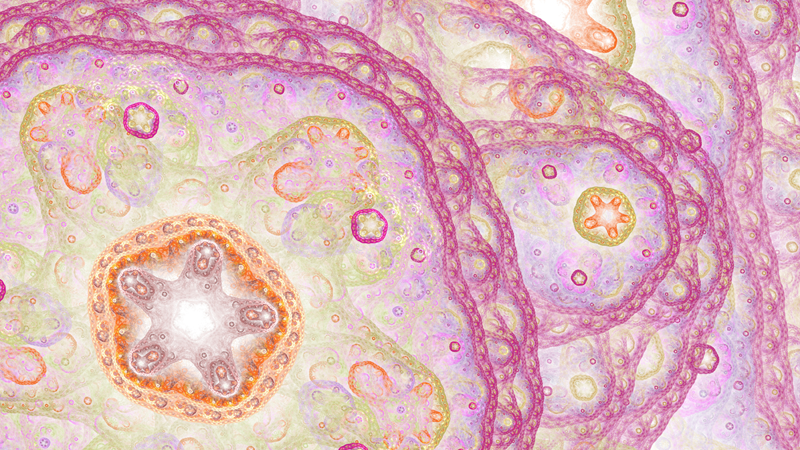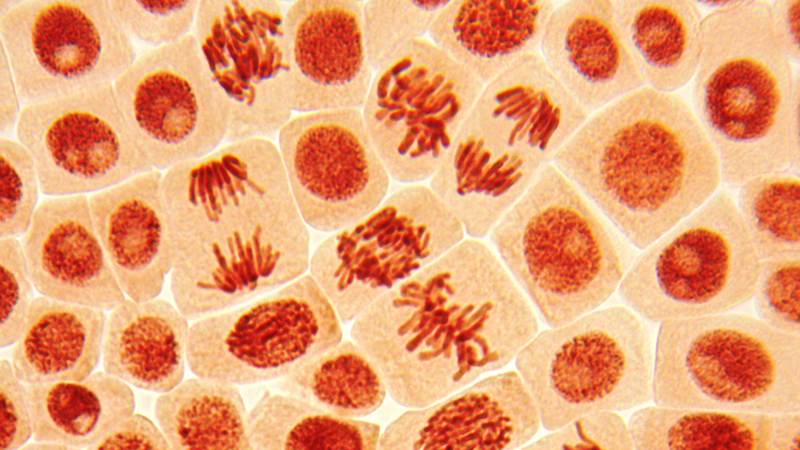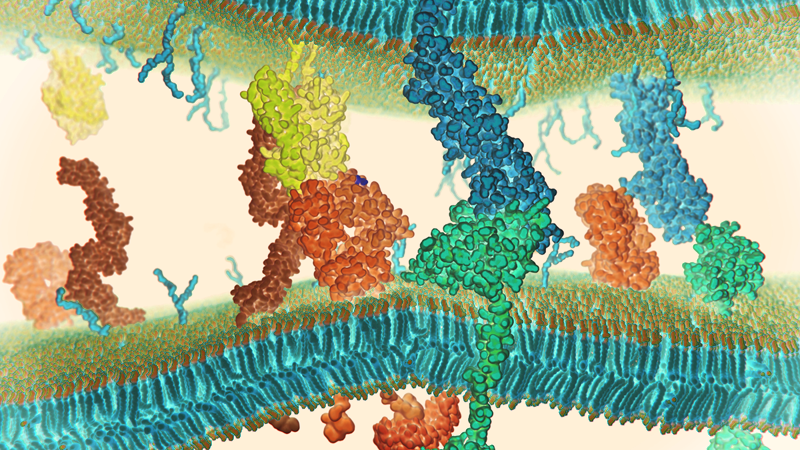

Cell and Molecular Biology
New Insights into Structural Analysis and Dynamic Processes
Various life science applications now call for the analysis of vastly different types of biological samples and molecular processes. Demand for novel techniques enabling the accurate investigation of these samples and processes at very high temporal and spatial resolution has led to exciting innovation in both analytical instrumentation and processes.
Structural analysis and nanomechanical characterization of biological processes provides valuable insight into molecular and cell biology at the nanometer scale. Bruker’s state-of-the-art techniques enable scientists to investigate the morphology and surface structure of samples ranging from cells, cell membranes, and their cytoskeleton structures, down to individual biomolecules, nucleic acids, and proteins at submolecular resolution.
Visualizing dynamic processes in real-time and characterizing dynamic mechanical properties in these ways provides an in-depth view of how complex biological systems function.
As a result, scientists are better able to study cell mechanics underlying physiological conditions as well as signaling events, the role of proteins in cellular functioning, specific molecular interactions and binding events, and even cell-cell and cell-surface interactions. The ability to perform time-dependent and force-induced nanomanipulation on various biological samples – including single cells, DNA molecules, and membrane proteins – unearths a host of novel research possibilities.
High-resolution structural imaging and nanomechanical measurements provide valuable insights into the mechanisms of the cellular and molecular processes underlying both normal physiological and diseased states. This has profound implications for biological and biomedical research.





